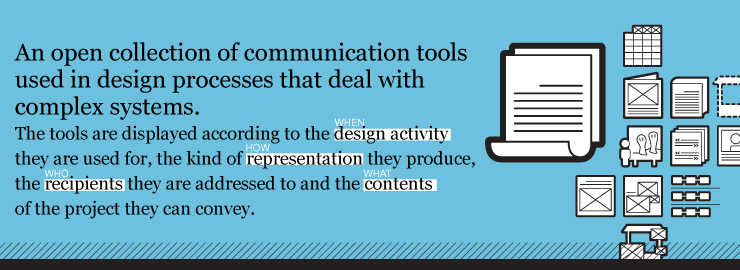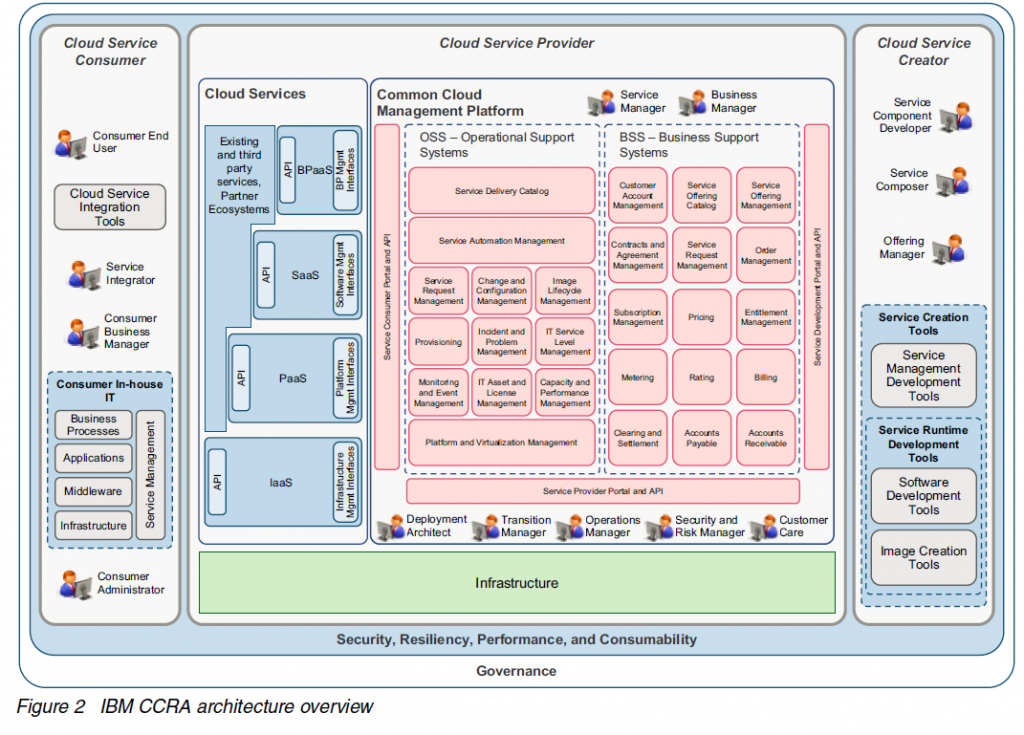Studying customers is of concern whether you are formulating a business strategy or designing a mobile app. It helps to have a clear understanding of profiles, personas and archetypes.
Archetype is hands-down the most interesting word. So let’s start there! Archetype analysis studies customers at the edges instead of looking for averages within clusters as in market segment analysis.
I enjoyed a paper by Dr. Paul Riedesel at Action Marketing Research. which contrasts archetype analysis with market segmentation.
I also found the The Future Priority Report by www.scorpiopartnership.com useful. They comment: “An archetype embodies a particular kind of behavior that is distinct and unique in some kind of way” and identify the following archetypes:
- Benefit valuers
- Wealth builders
- Status enhancers
- Convenience seekers.
The advantage of market segment analysis is that it finds segments based upon the data. They plot customers as dots on a chart based upon attributes, find clusters of dots, and draw circles around them. You guessed it, each circle becomes a segment.
As far as I can tell, people just make up archetypes. Customer attributes are then matched to the archetypes based upon data. The more the customers match an archetype, the more useful the archetype framework is. If the customer set falls well into the archetype framework then the individual archetypes can be studied and the results applied to the customers.
My own interest in archetypes stems from my own behavior which I have observed semi-consciously. I get in the middle of something and I get caught up with it. I become a different person for a time. It becomes a temporary obsession until “the job” is more-less completed. These extreme behaviors map to archetypes which are associated with key jobs that customers need to get done. By “key jobs” I mean any activity that is important enough and complex enough to become obsessed with and need help with. I am interested in the archetypes as well as the jobs that are important in the banking industry. These would include: new worker, new career holder, family oriented, investor, traveler, expat, homeowner, business owner, retiree, shopper (home, auto, other), and hobbyist. If you can think of some more, then please comment on this post!
 Service design tools are useful in all of the layers in the How it All Fits Together diagram. In strategy, high level customer journey maps can illustrate the strategic intent of the target business model. In design, the vision of the customer experience and the experience of key internal users can be illustrated in a powerful illustration that everyone can understand, criticize, and rally around. The transformation process can be informed by the vision and requirements for the customer experience. In production, people can understand how things are supposed to be experienced by the customer and why. They can operate it all more in line with its intent and pass back more informed feedback, pain points, and new insights.
Service design tools are useful in all of the layers in the How it All Fits Together diagram. In strategy, high level customer journey maps can illustrate the strategic intent of the target business model. In design, the vision of the customer experience and the experience of key internal users can be illustrated in a powerful illustration that everyone can understand, criticize, and rally around. The transformation process can be informed by the vision and requirements for the customer experience. In production, people can understand how things are supposed to be experienced by the customer and why. They can operate it all more in line with its intent and pass back more informed feedback, pain points, and new insights.

